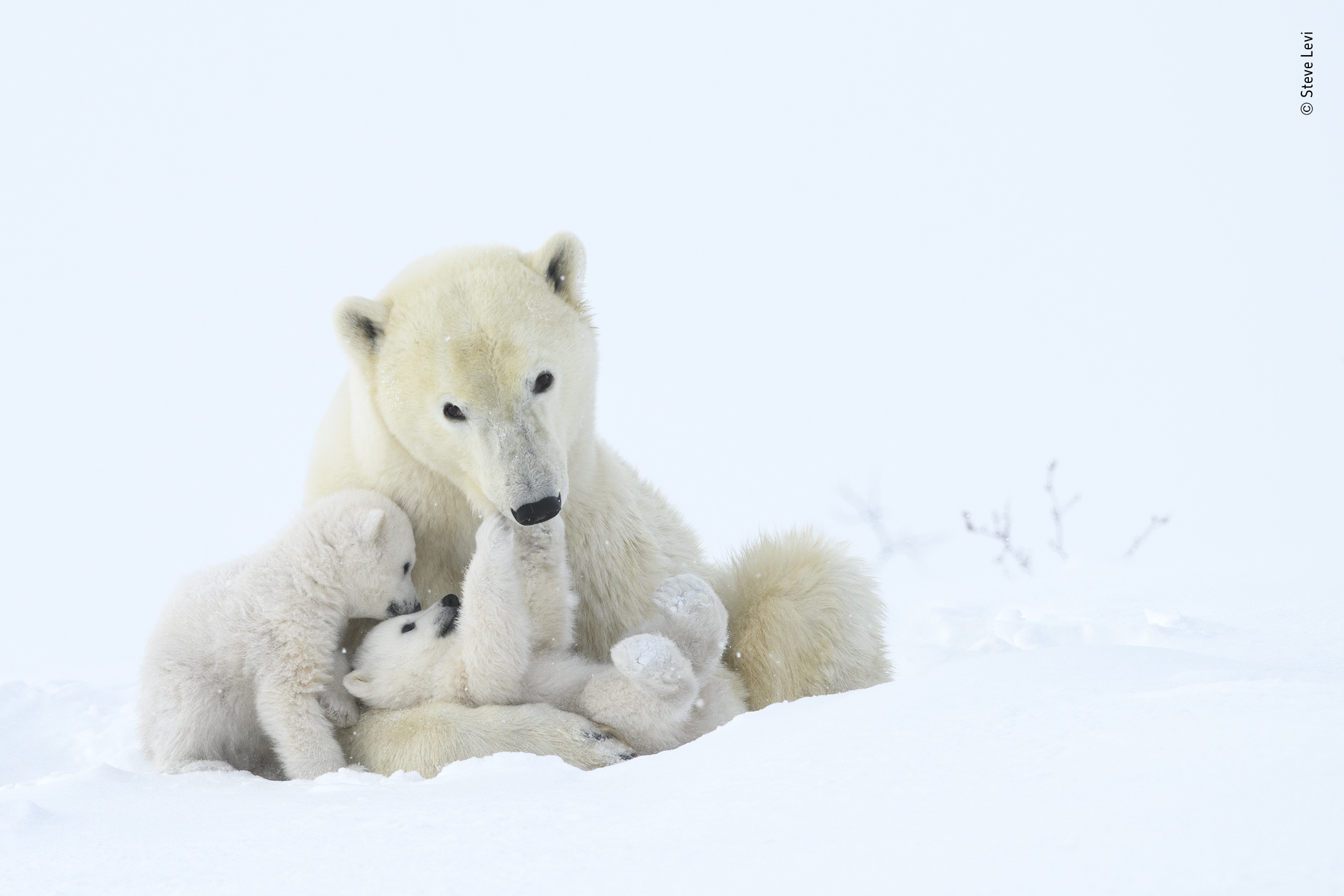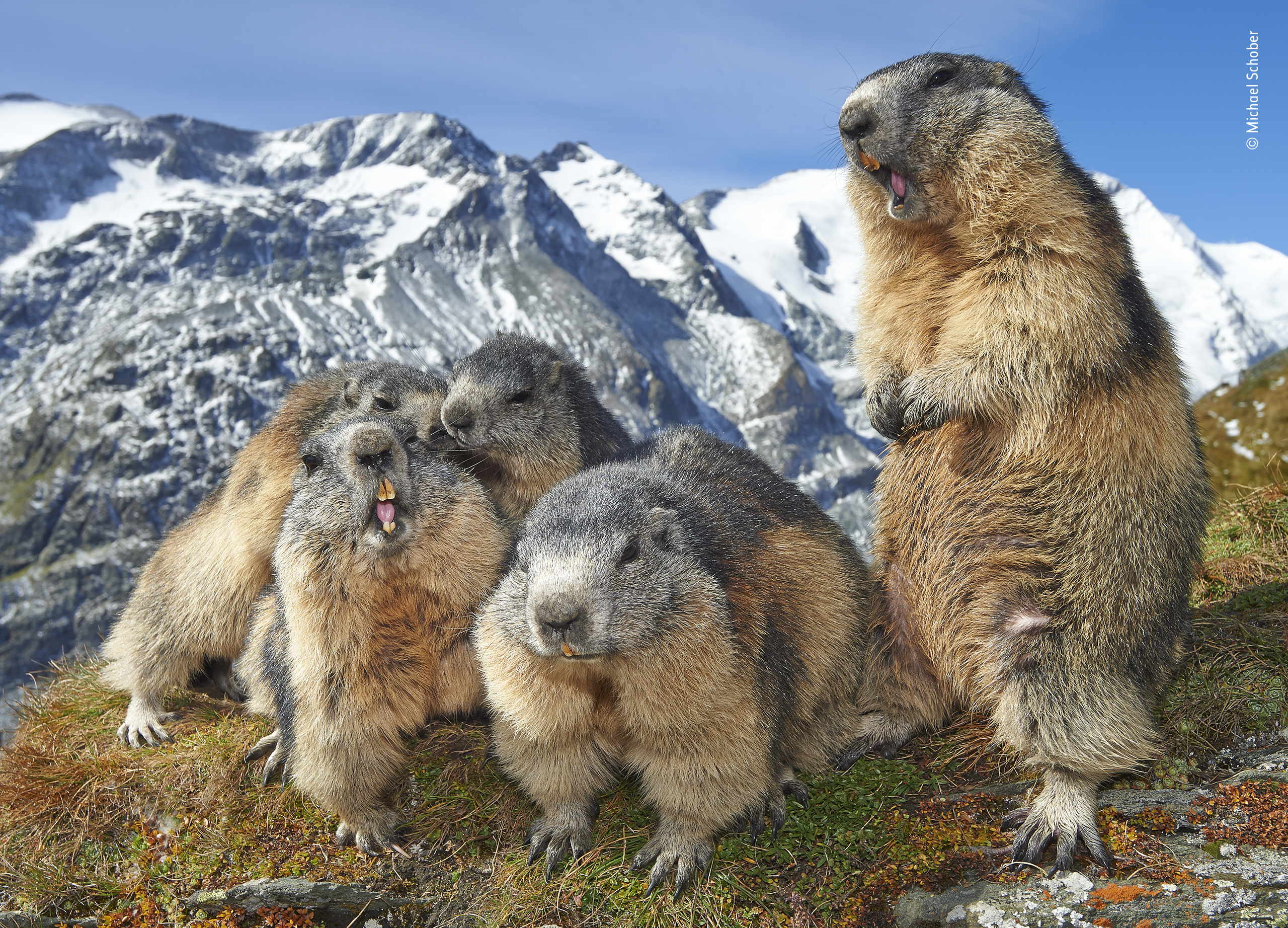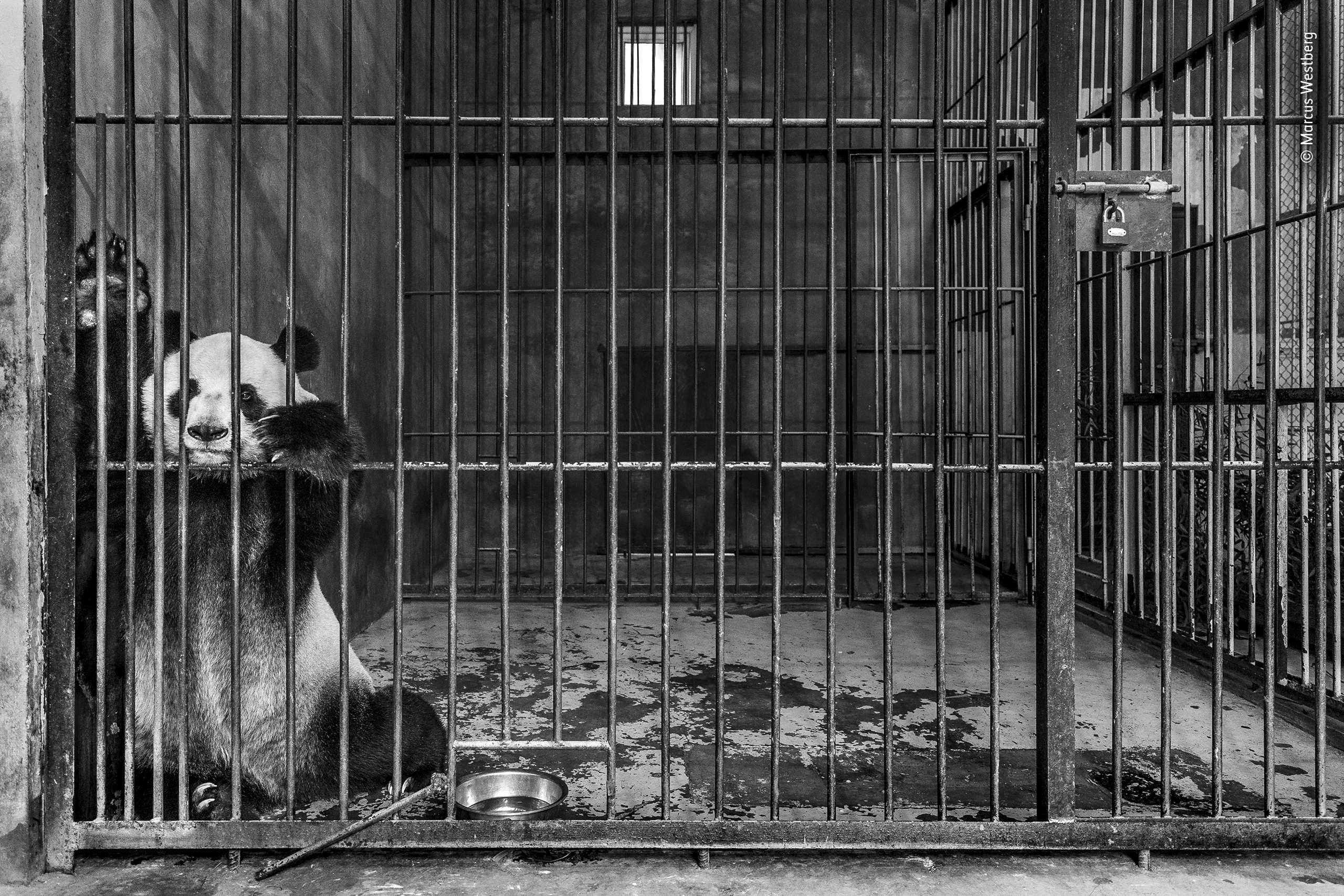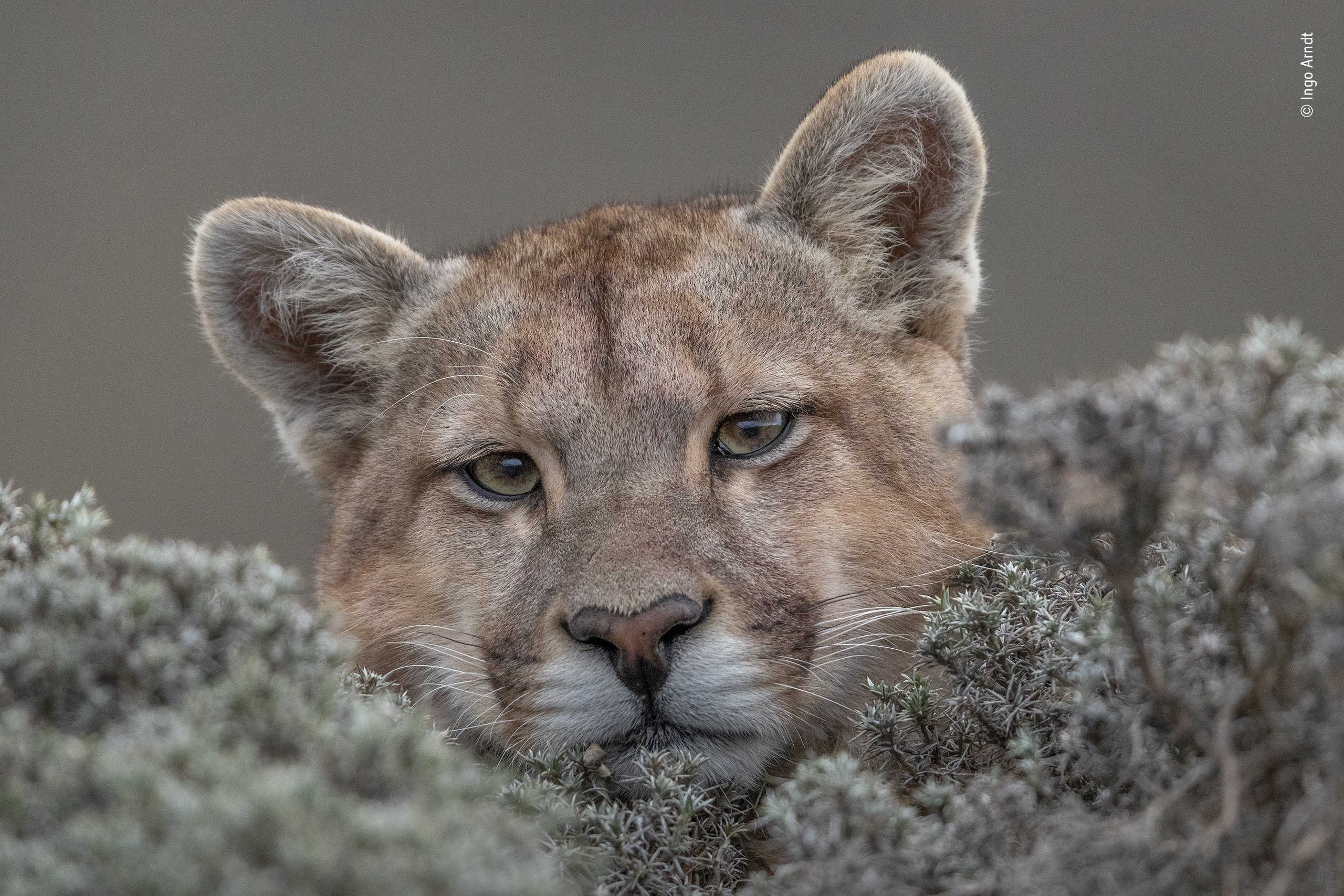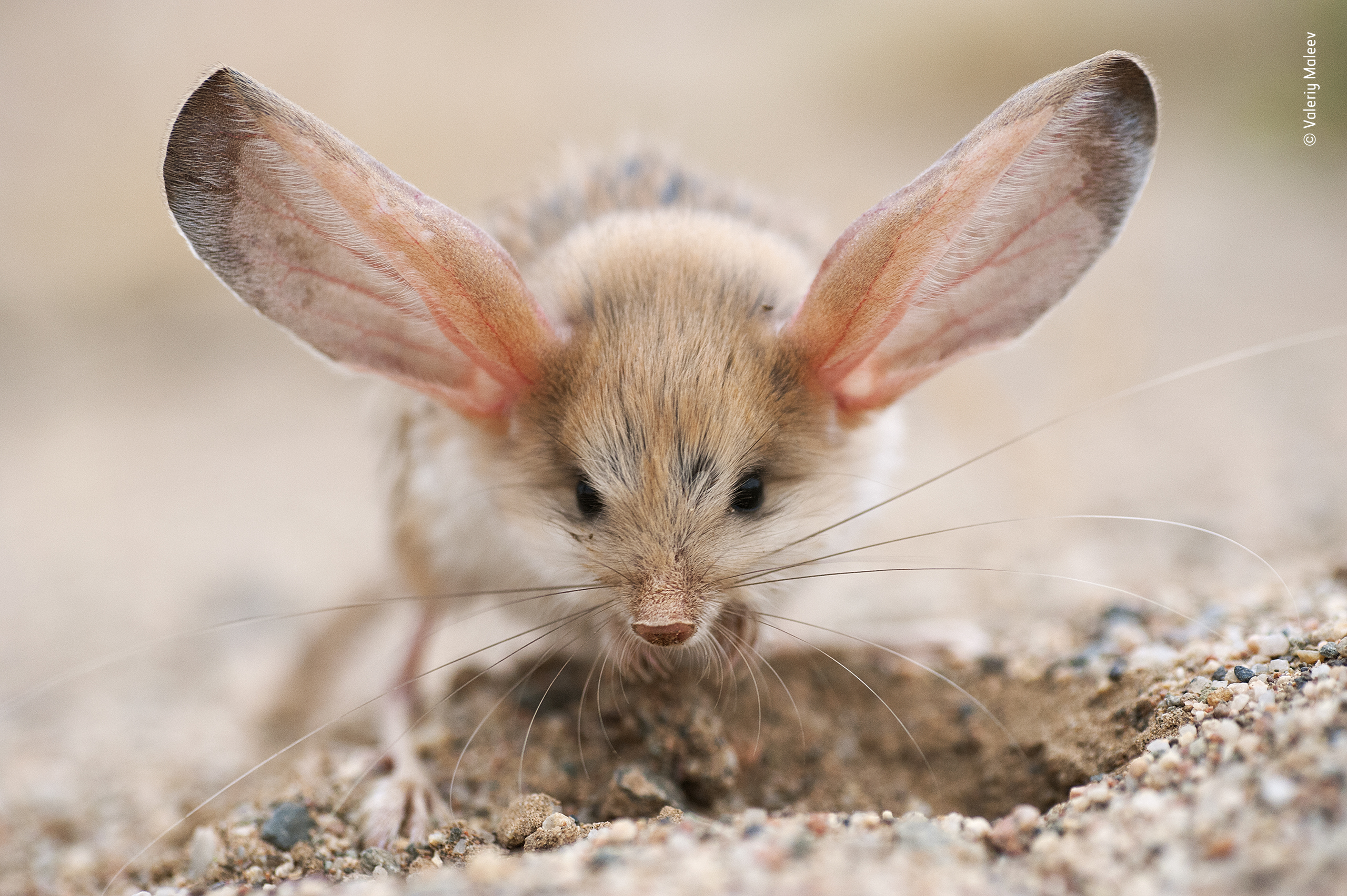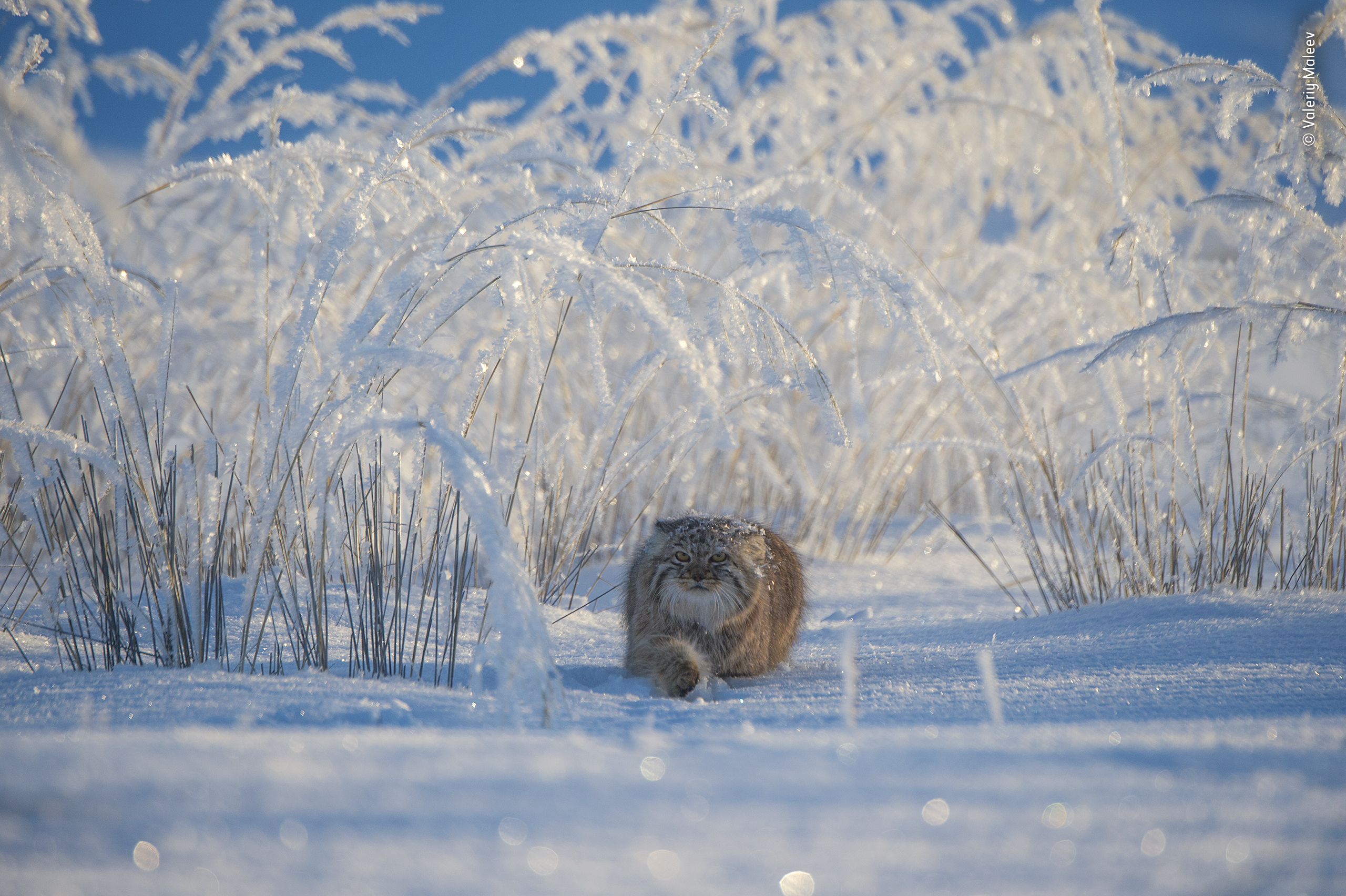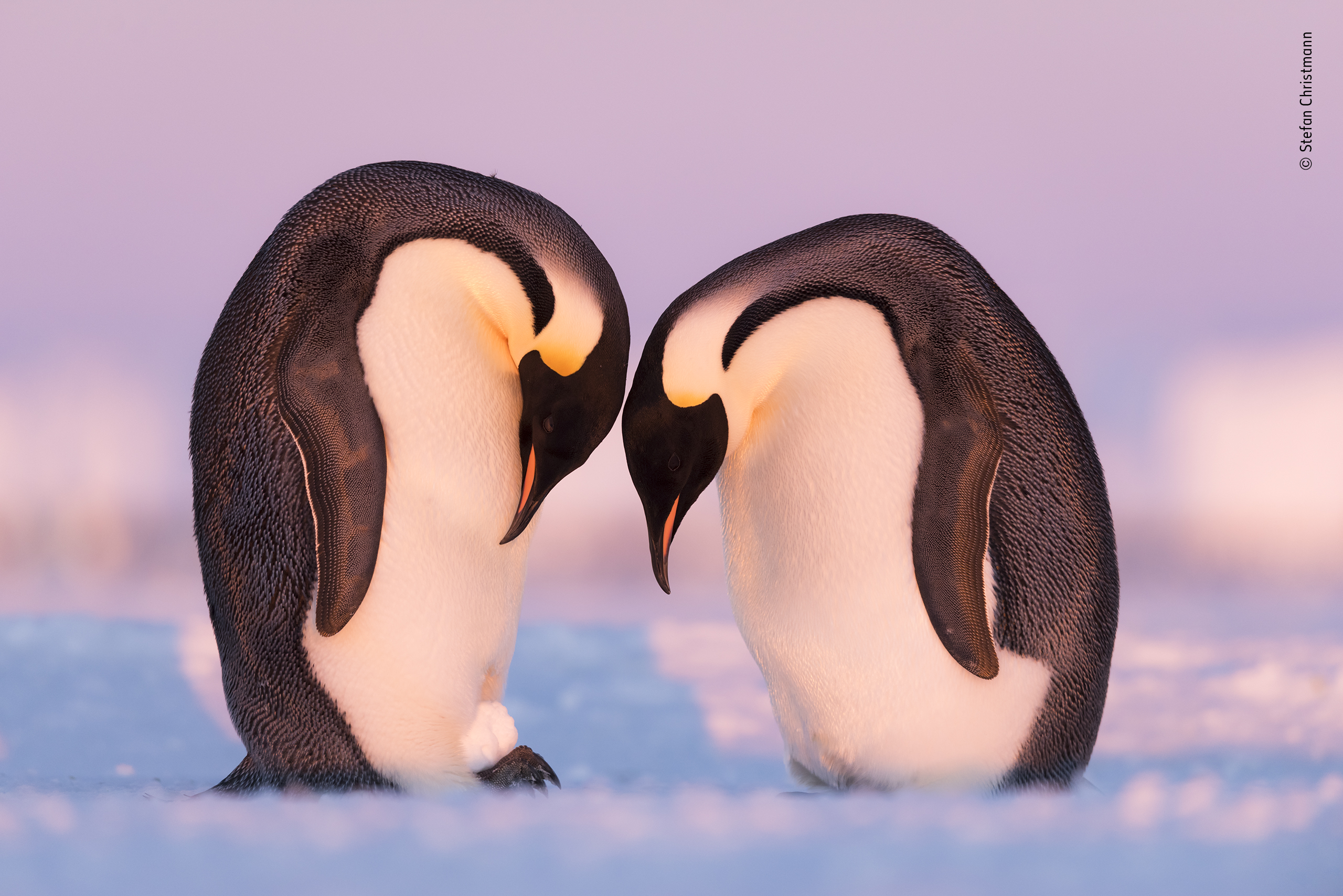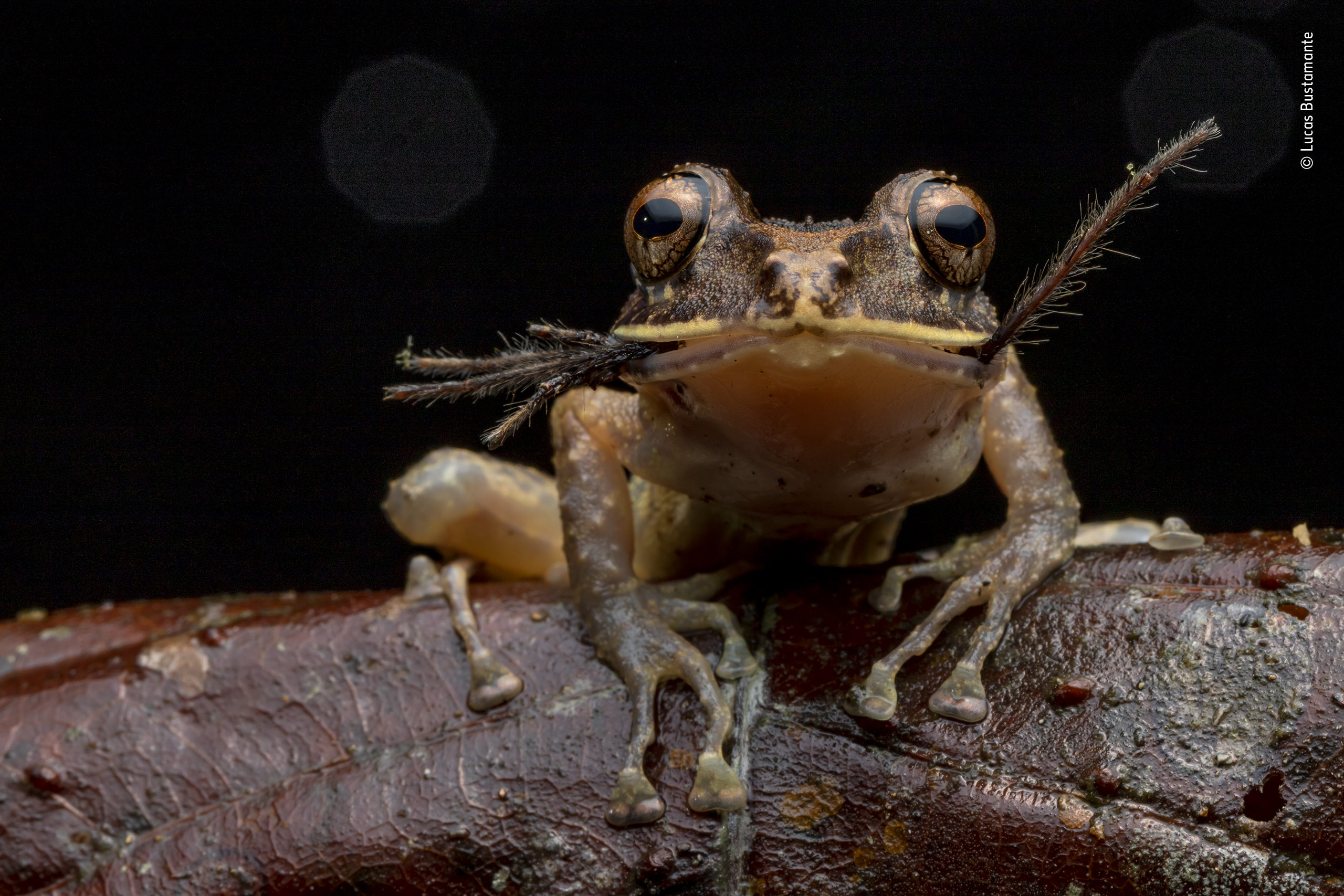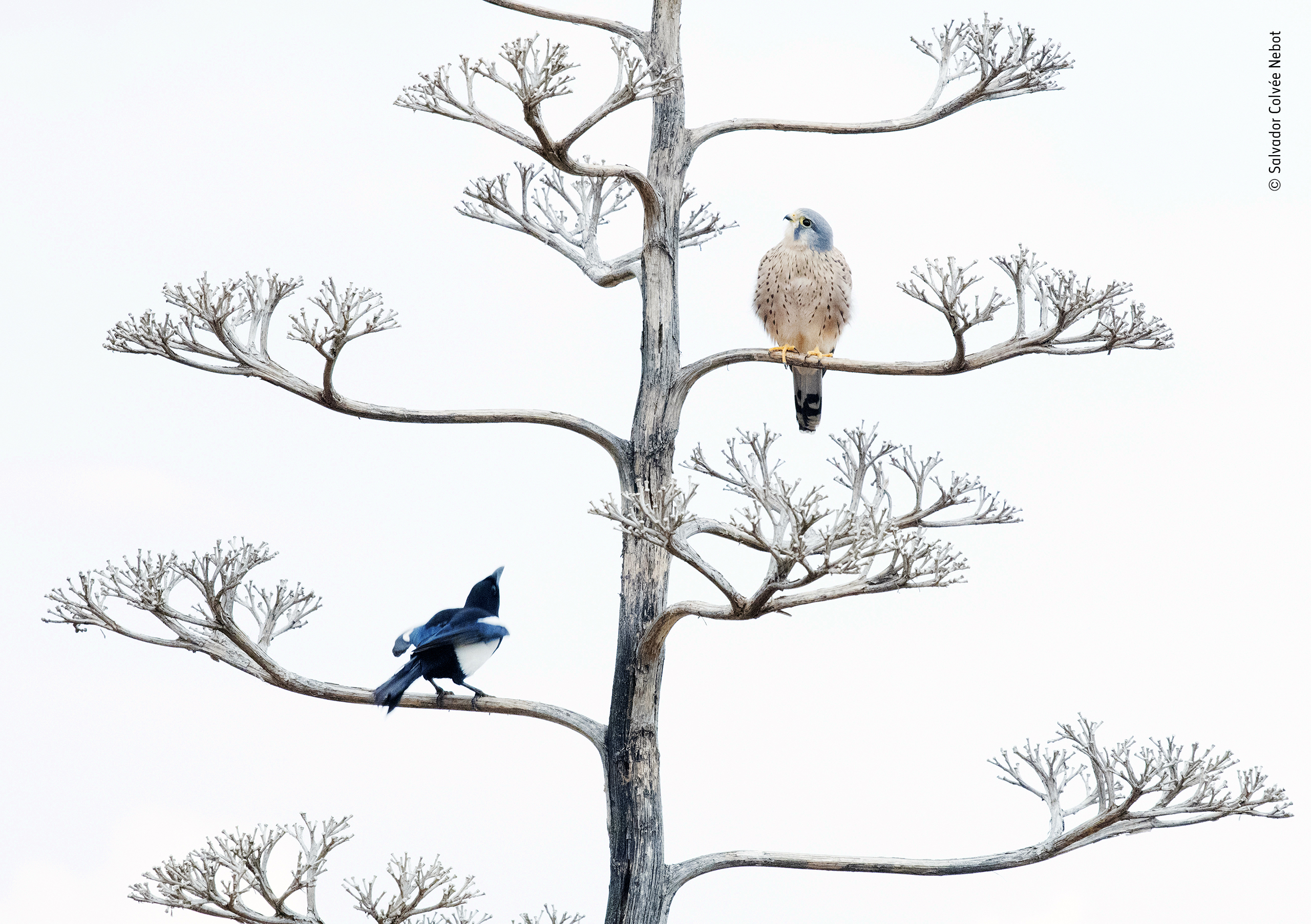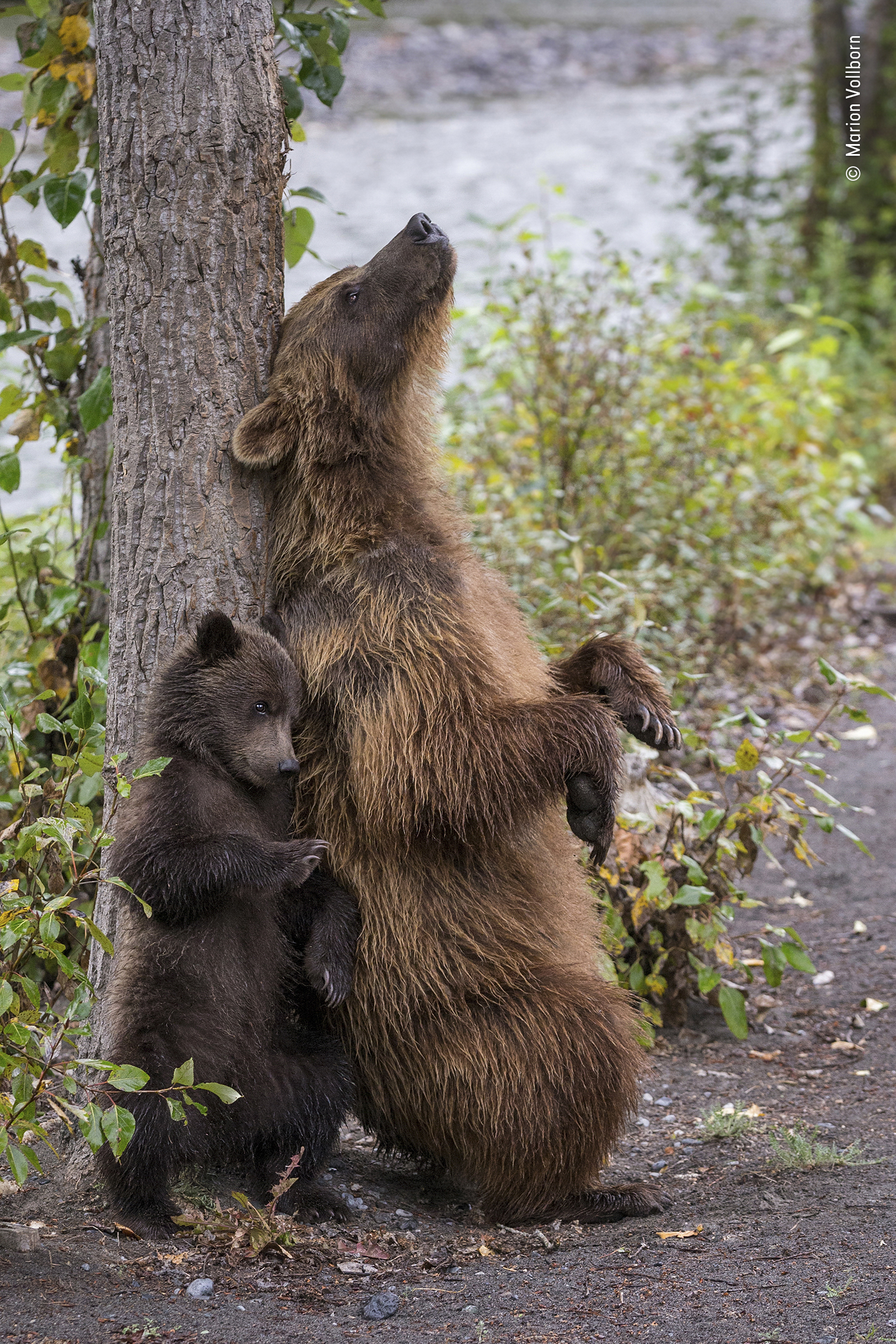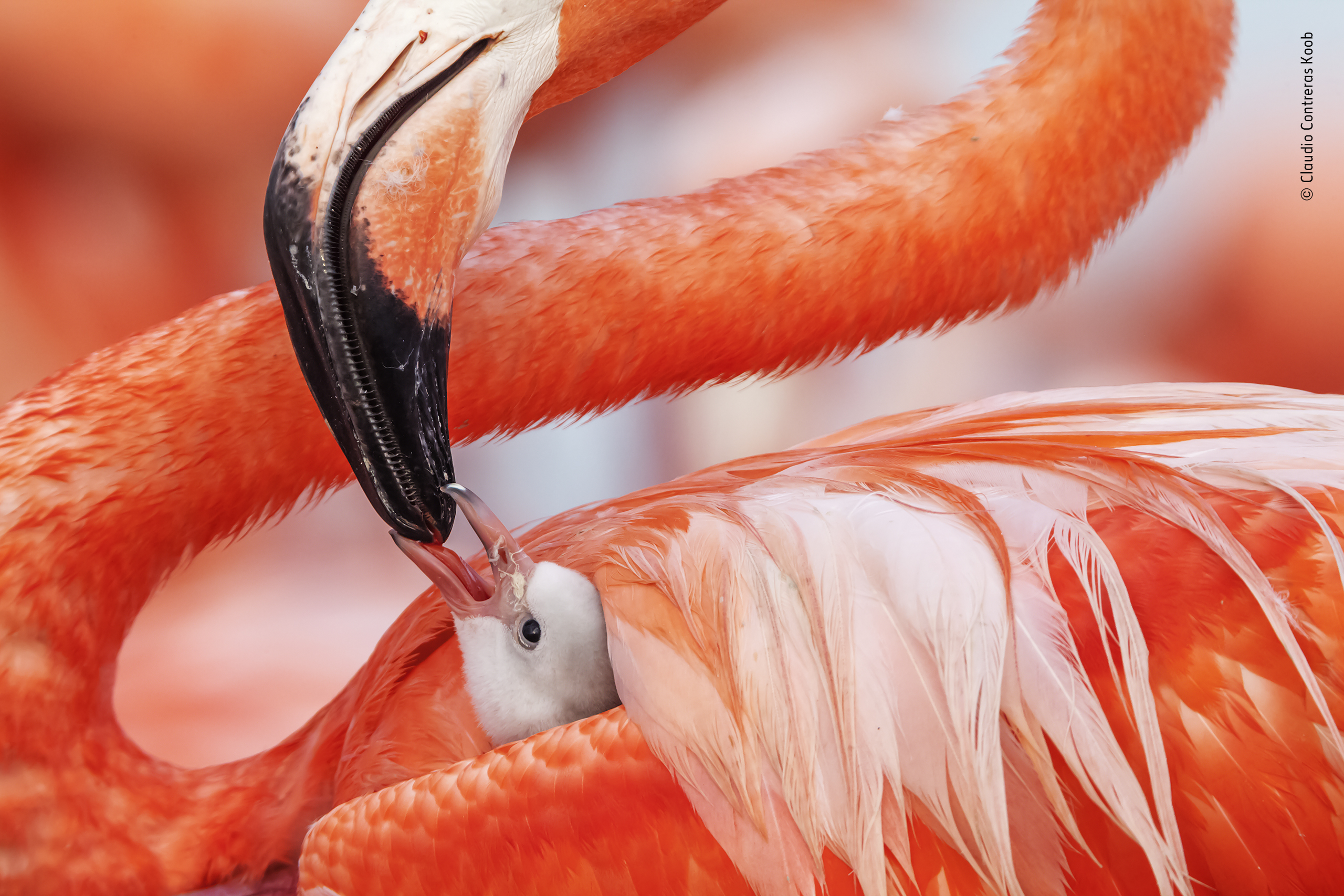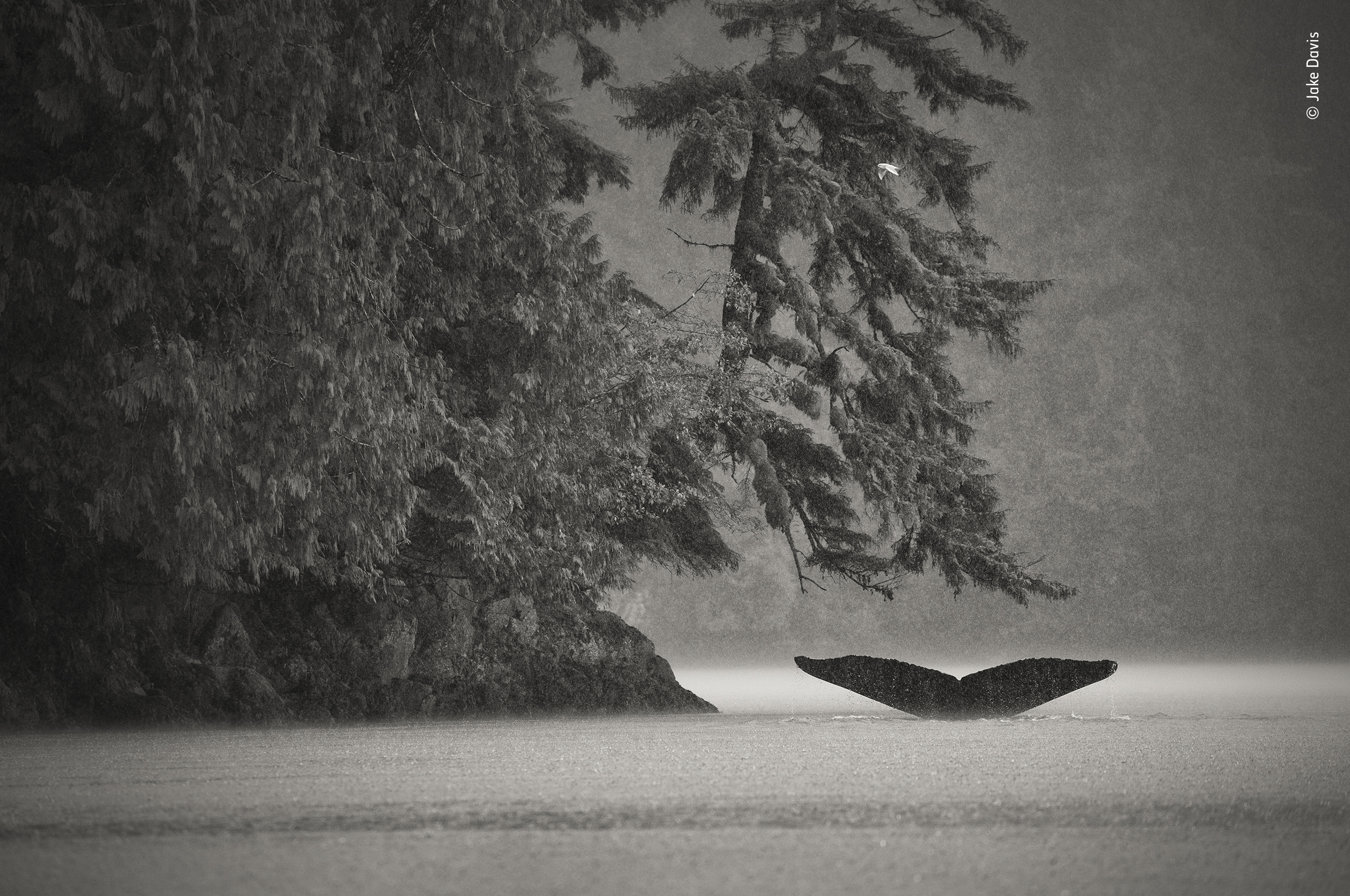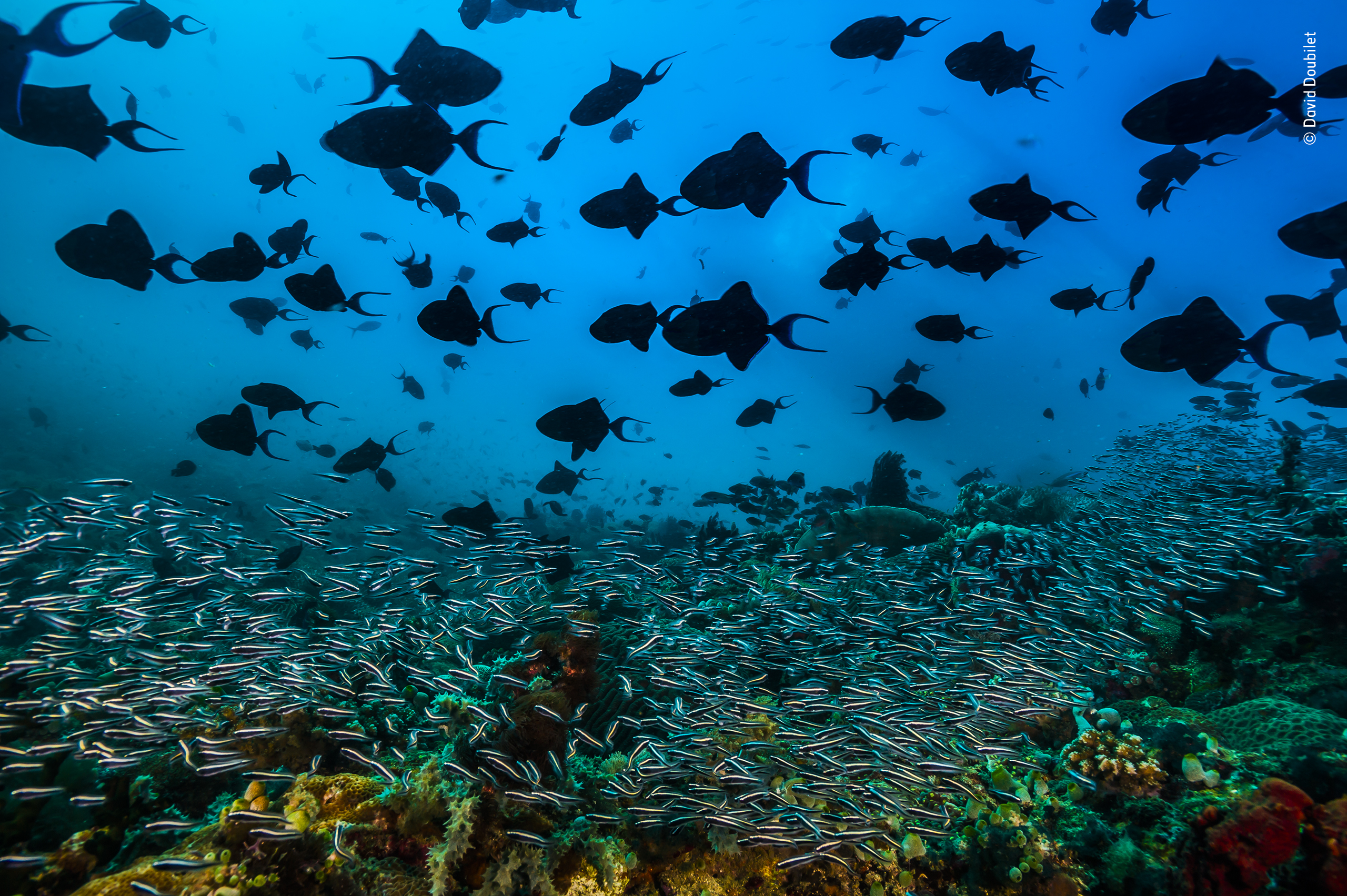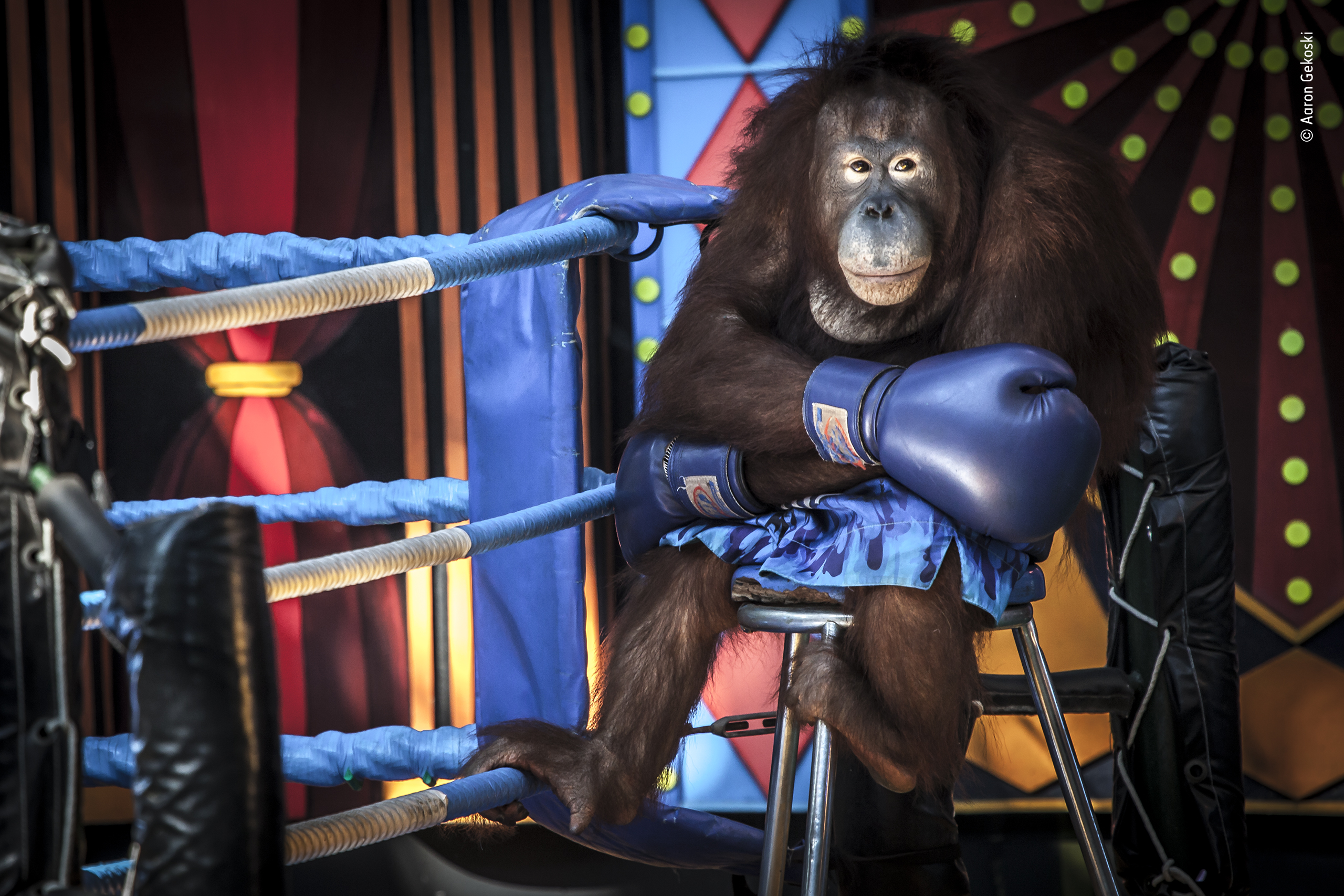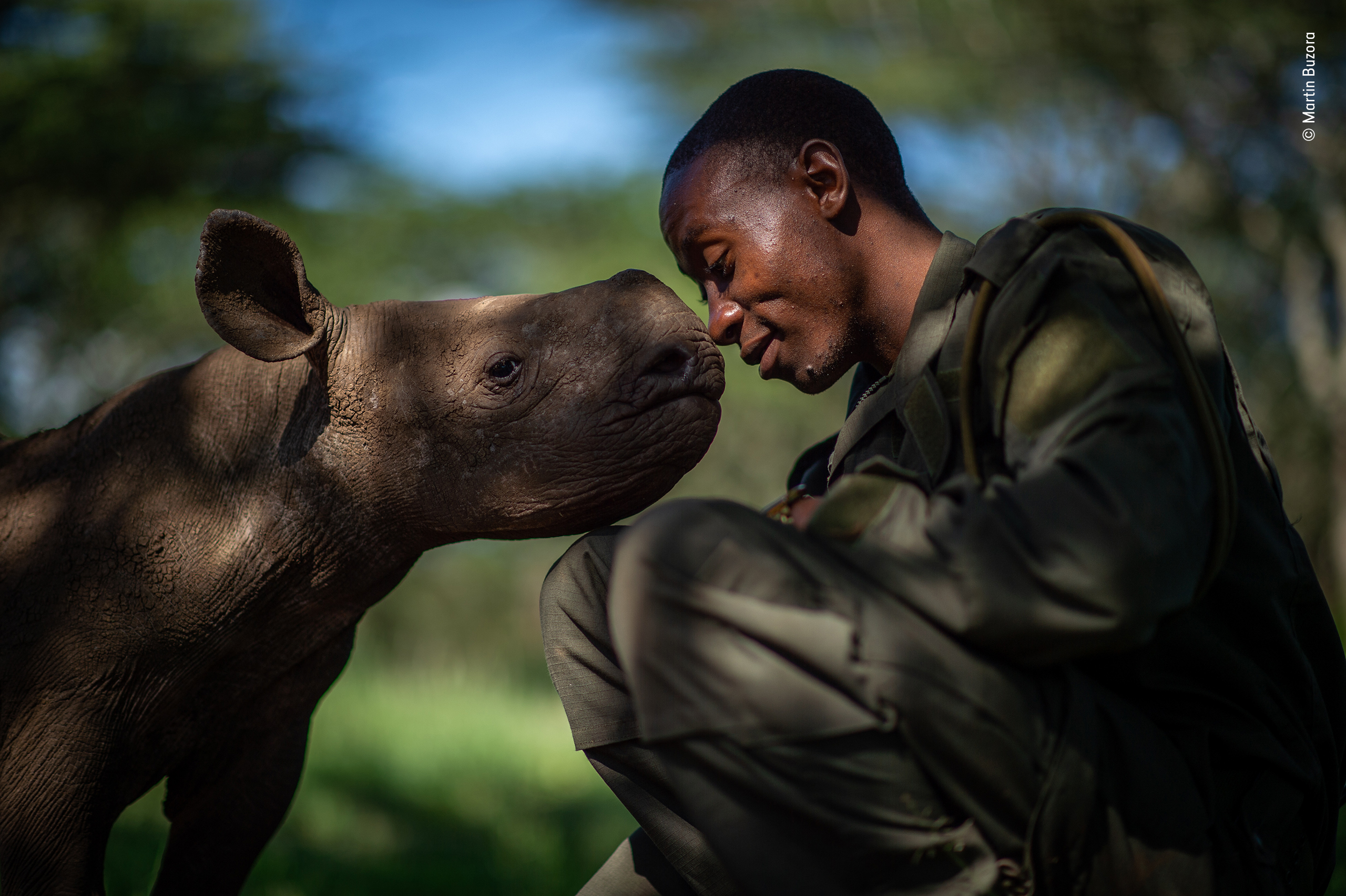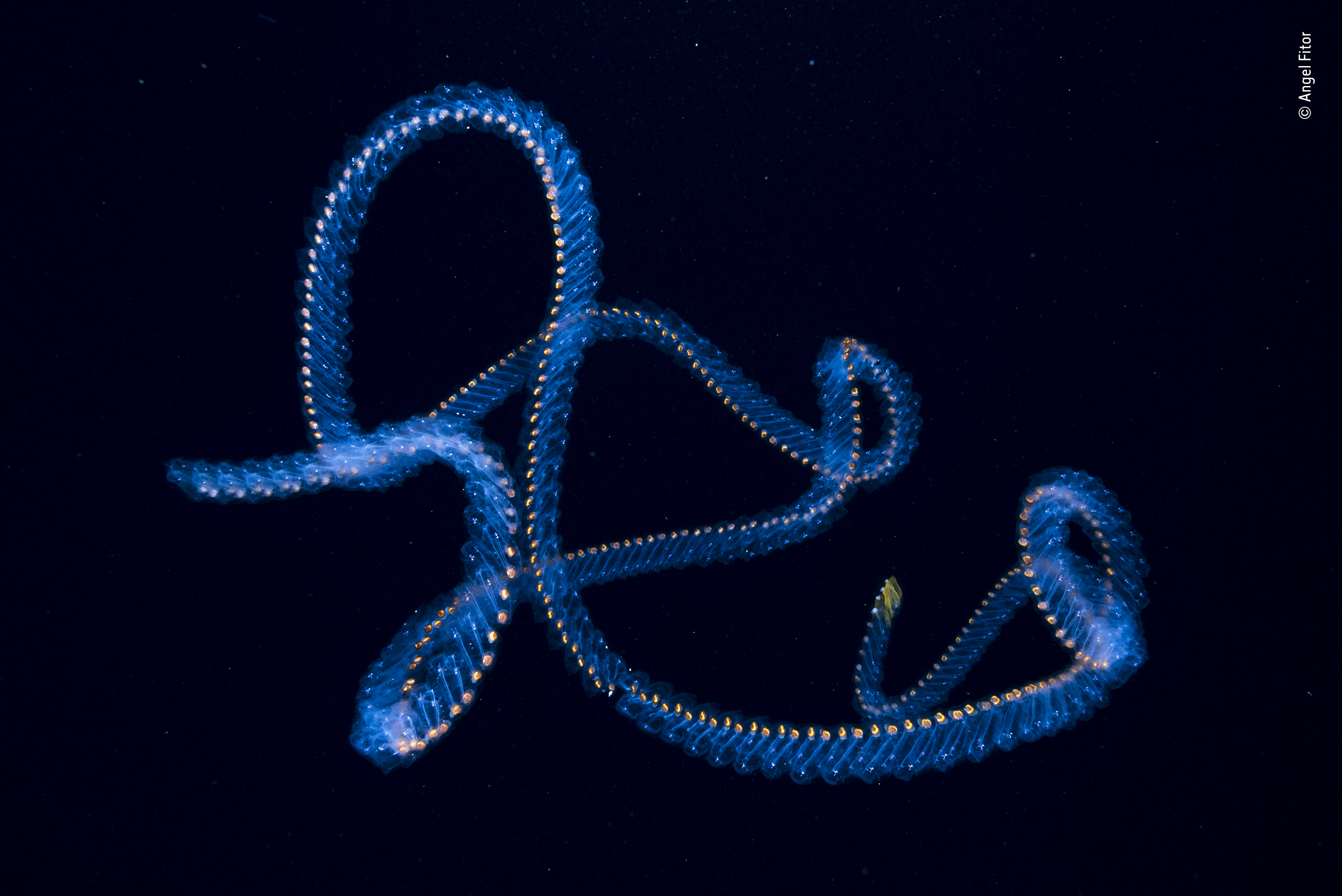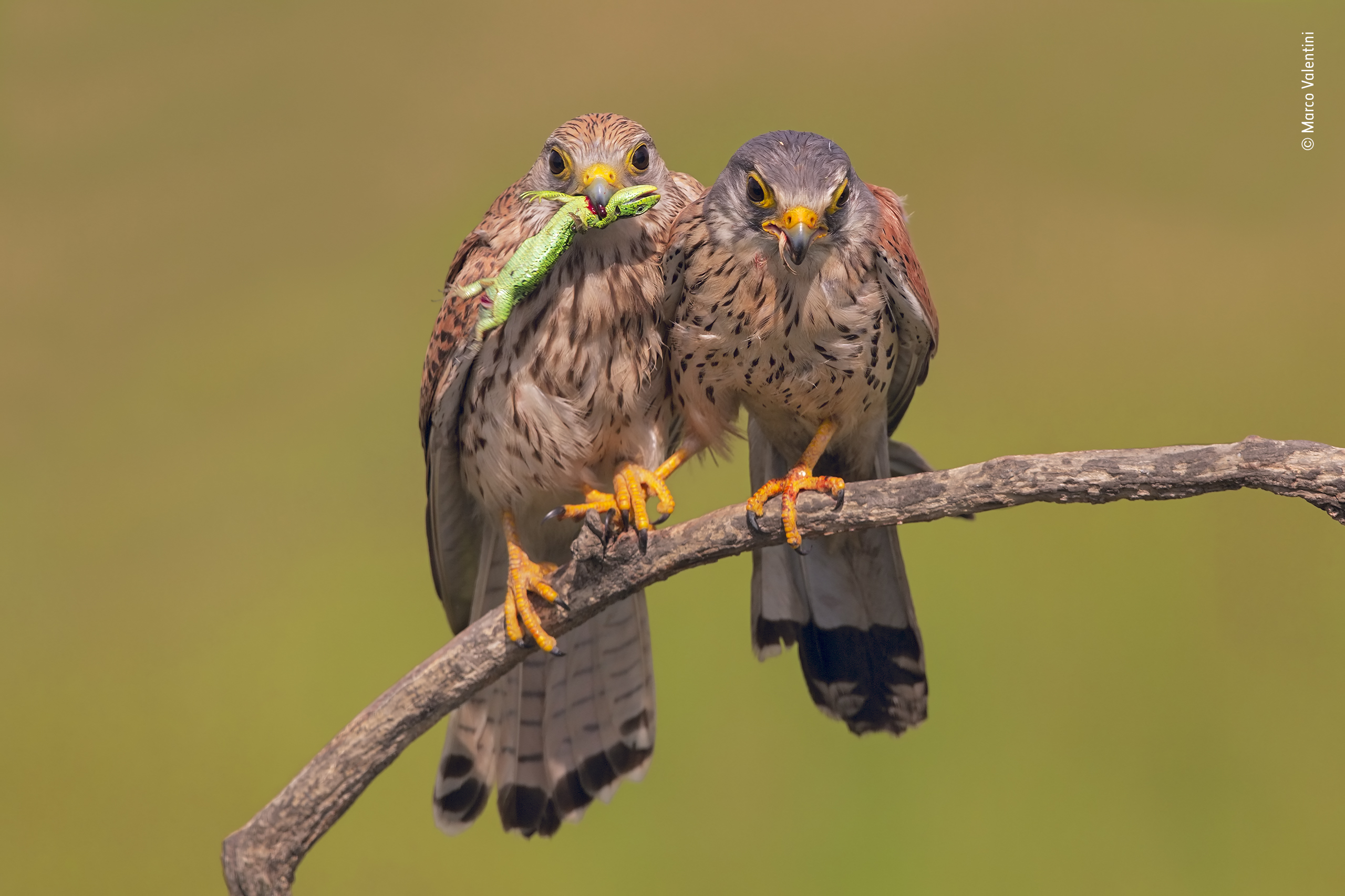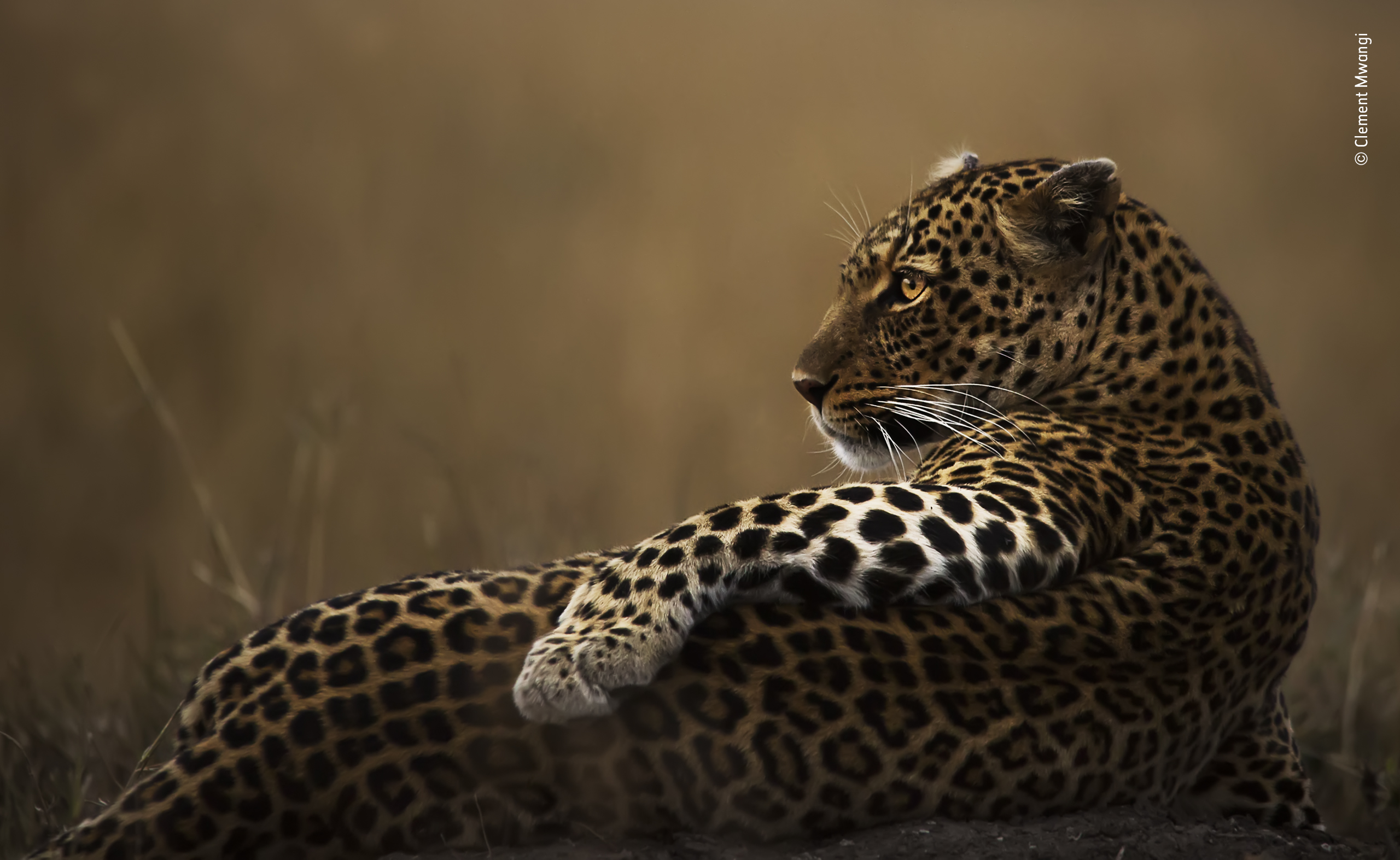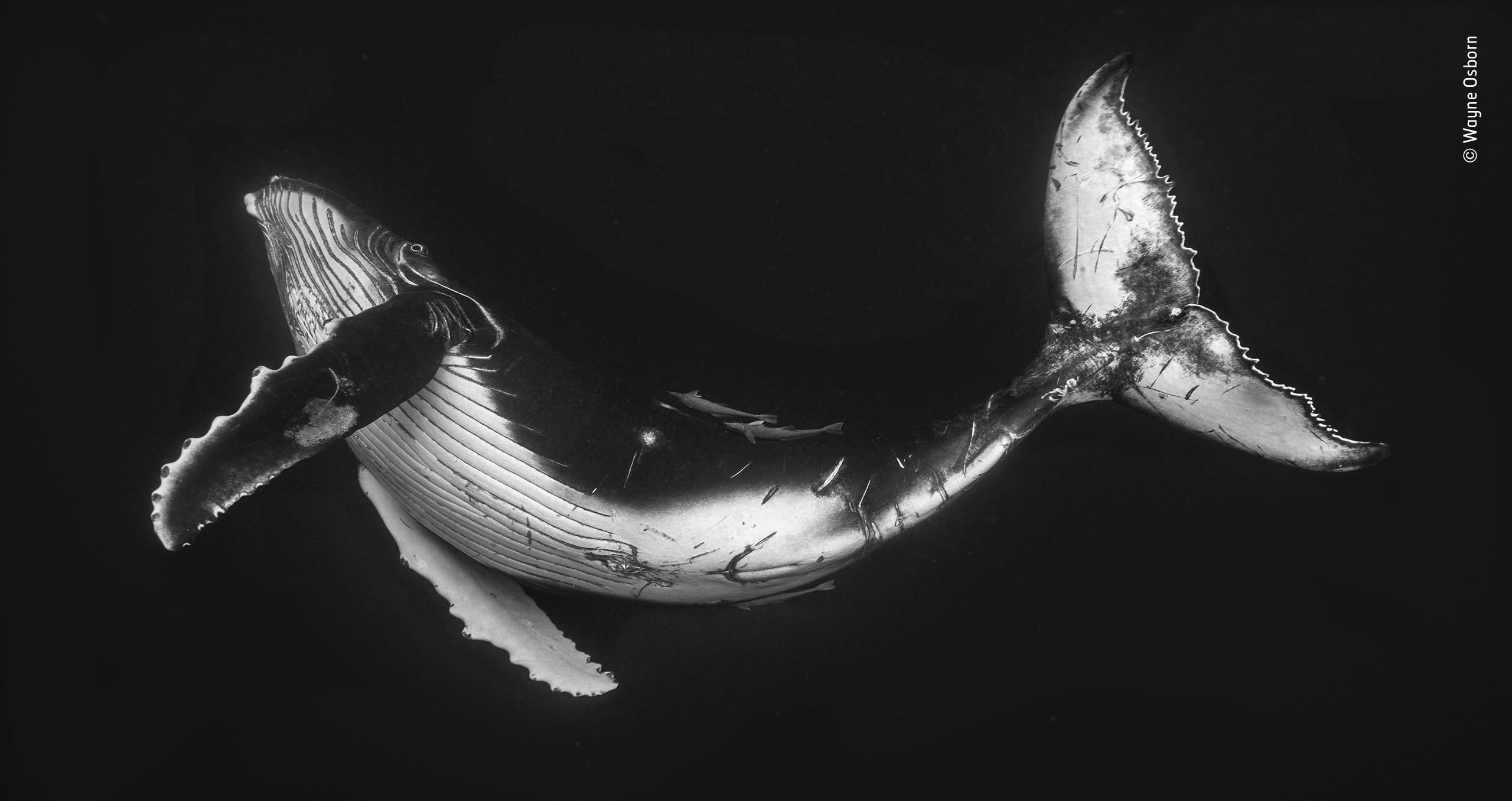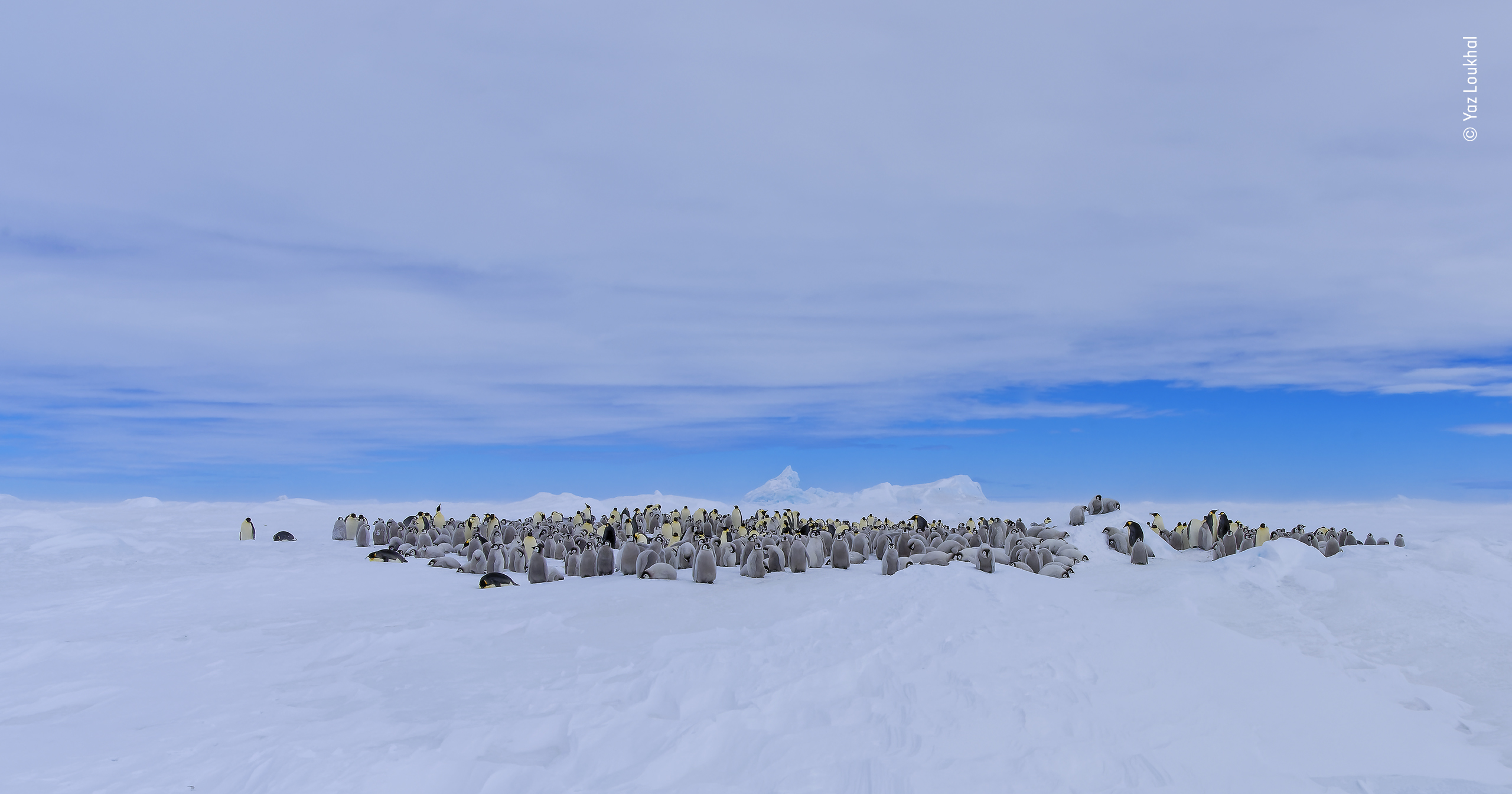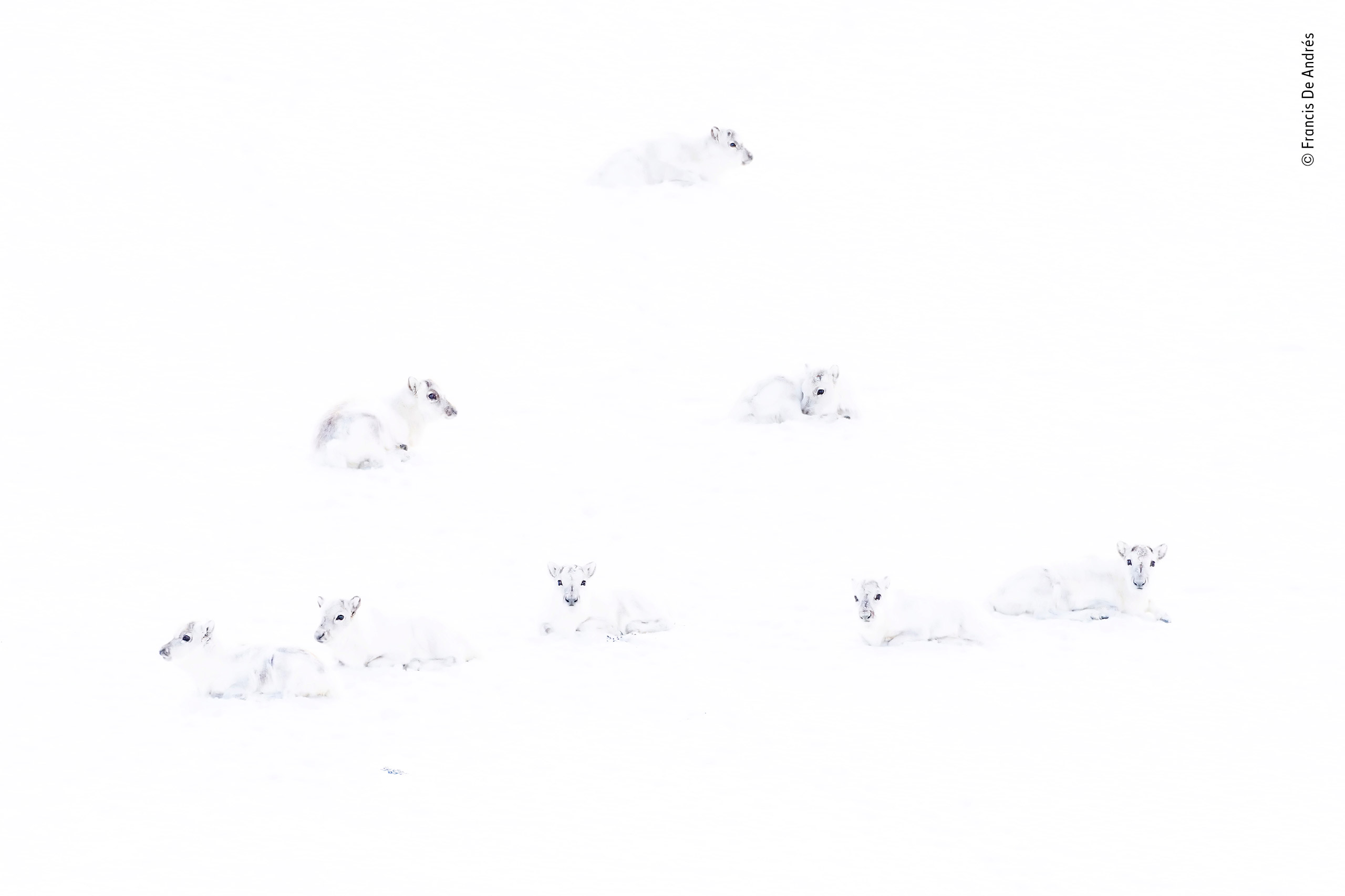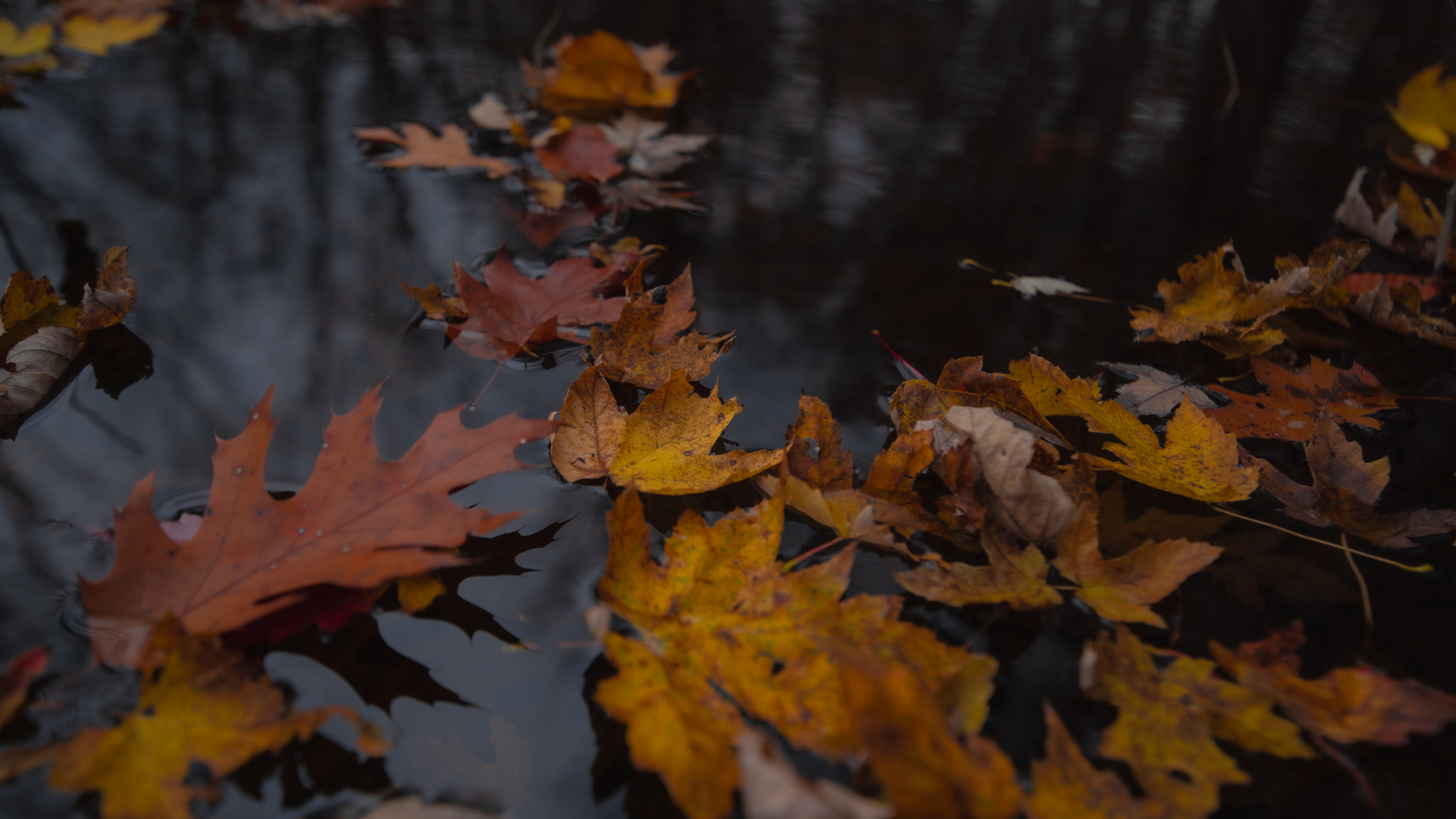Say Cheese! Hilarious photo of fighting mice wins Lumix People's Choice Award
The winner of the 2019 Wildlife Photographer of the Year LUMIX People's Choice Award was shot on the London tube
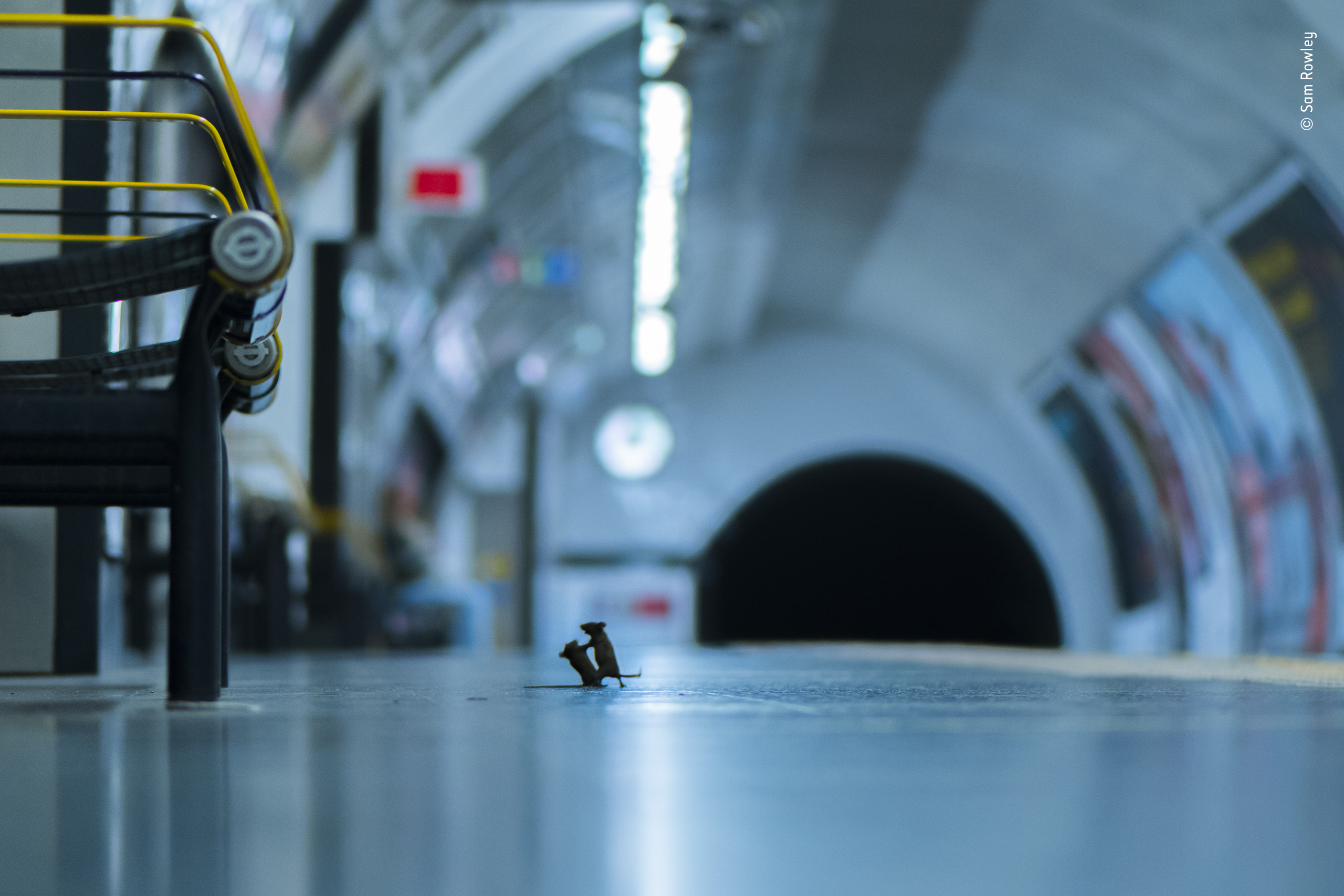
A perfectly timed and amusing portrait of urban wildlife, showing a punch up between two mice on a London Underground station platform, is the winner of the Wildlife Photographer of the Year LUMIX People's Choice award for 2019.
28,000 nature photography fans voted and Bristol-based photographer Sam Rowley's ‘Station squabble’ emerged as the winner.
Sam's image was chosen from a shortlist of 25 images that were chosen by the Natural History Museum from over 48,000 images that were submitted for the 2019 competition. The image will be displayed in the Wildlife Photographer of the Year exhibition at the Natural History Museum in London until it closes on 31 May 2020.
A full rundown of the 25 shortlisted images can be seen below:
You can see the overall winners of this year's competition at the NHM Wildlife Photographer of the Year website.
The book featuring the 2019 winner is now on sale - Wildlife Photographer of the Year 2019: Portfolio 29 is now on sale costing £25 / $39.95.
Read more
SINWP Bird Photographer of the Year unveils stunning wildlife images
The best camera deals, reviews, product advice, and unmissable photography news, direct to your inbox!
Have a giggle at winning photos from the Comedy Wildlife Photography Awards
Stunning image of dancing pelican wins Bird Photographer of the Year

Chris George has worked on Digital Camera World since its launch in 2017. He has been writing about photography, mobile phones, video making and technology for over 30 years – and has edited numerous magazines including PhotoPlus, N-Photo, Digital Camera, Video Camera, and Professional Photography.
His first serious camera was the iconic Olympus OM10, with which he won the title of Young Photographer of the Year - long before the advent of autofocus and memory cards. Today he uses a Sony A7 IV, alongside his old Nikon D800 and his iPhone 15 Pro Max.
He is the author of a number of books including The Book of Digital Photography, which has been translated into a dozen different languages.
In addition to his expertise in photography and videomaking, he has written about technology for countless publications and websites including The Sunday Times Magazine, The Daily Telegraph, What Cellphone, T3 and Techradar.
